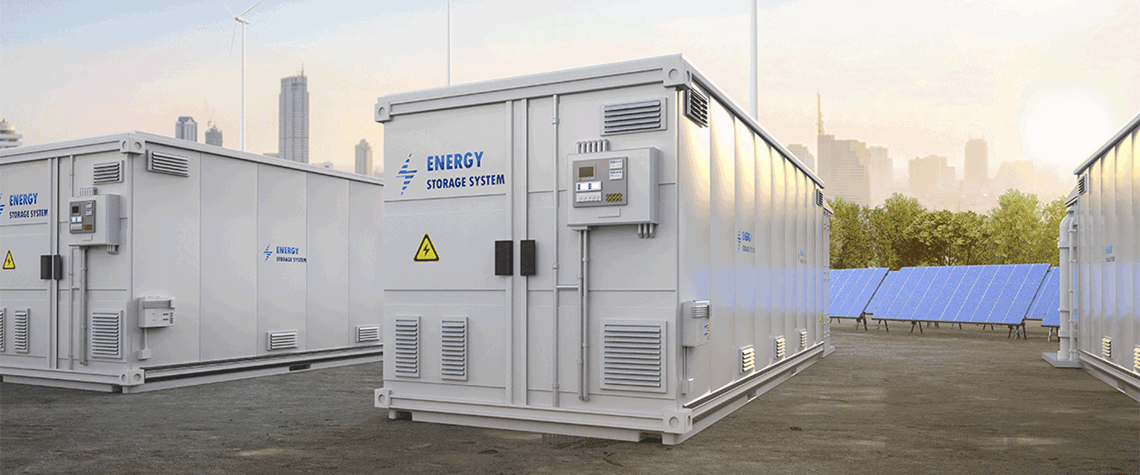"High prices are the solution to high prices”. 2023 has borne out this adage when it comes to key energy transition materials. Just over a year ago, analysts and commentators were in shock as prices for lithium carbonate (the high-purity chemical version of lithium used to make electric vehicle batteries) soared like a helium balloon, rising sevenfold throughout 2022 to over $80,000/t. Come November 2023, prices have fallen by 75% from their peak, returning to something resembling normality. Prices for nickel and cobalt, too, have come tumbling down in the last year.
Such short-term volatility is a feature, not a bug, of clean energy supply chains as they scale up. Over months, or even years, prices oscillate wildly, companies go under and panicked headlines are written. Yet, once we get a better vantage point, over three, five, ten years and beyond, long-term trends and cost declines take hold of clean energy technologies.
We have seen something similar already with the polysilicon price cycles of the late 2000s and the post-covid experience of 2021–22. A supply shortage emerges—due to surging demand, a pandemic or an unexpected outage at a key factory (or all three, as happened with polysilicon production in 2020–22)—prices skyrocket, and analysts and investors grimace. Then prices and markets reassert themselves and do what they do best.
Higher prices incentivise increased production—sometimes far too much, as too many players rush back in. Supply booms and prices come tumbling back down. It is no coincidence that, according to BloombergNEF, solar modules saw their lowest-ever prices in August 2023, well below the trend expected from long-term cost declines.
So, price volatility should be baked in for anyone looking at clean energy manufacturing and supply chains as the energy transition unfolds. But what does this mean going forward?
The Energy Transitions Commission estimates that the shift to a clean energy system will need 6.5bt of materials to build all of the wind turbines, solar panels, batteries, power grids and more in coming decades. Wind and solar installed capacity will need to grow three- and five-fold, respectively, by 2030. We expect to see up to 300m electric cars on the road by then.
Achieving this transition and scaling up the clean energy technology supply chains and manufacturing will not be simple. Some challenges have emerged in the past few years, from lack of supply of materials or complex components, to worries around the environmental and social impacts of supply, or the ever-present threat of trade tensions and geopolitics on free-flowing and fair trade.
Still, just as certainly as prices go up and down, so the engineers and companies behind clean energy technologies find ways to innovate through and around these challenges. In the last few years we have seen a drastic shift towards cobalt-lite or even cobalt-free electric vehicle batteries, driven by a mixture of high cobalt prices and concerns around the social impacts of the material’s supply in the Democratic Republic of the Congo. We could see a similar rapid shift away from nickel in coming years. Likewise, grid operators are making their systems smarter: requiring fewer high-power transformers, kilometres of cabling or kilogrammes of copper in their wires—in some cases even swapping it out entirely for aluminium.
However, not everyone will have plain sailing. Complex or highly customised technologies that have intricate and extended supply chains could experience slower long-term price declines. For example, some nuclear projects in developed countries over the last decade have struggled with costs and timescales, and Europe and the US are facing concerns around offshore wind prices. In the case of copper mining, a new mine might take 15-20 years to go from discovery to production so a short-term price spike won’t be enough on its own to expand supply quickly over the short term. In such cases, help is needed, whether through strategic government support, smarter company procurement or innovative solutions to expand mined or recycled supply of key materials.
Still, in many cases human ingenuity drives long-term technology and innovation trends: it is why we have seen solar and battery costs plummet year after year in the last decade, and why we should have confidence in such trends continuing. For these clean technologies that are simple and can be mass-manufactured, exponential deployment in the next decade and beyond is near inevitable.
So, where challenges do lie, what needs to happen to keep energy transition materials and supply chains on track for the coming years?
Expanding supply, from the mine site to manufacturing plant, must be the priority. Governments and companies should be carrying out strategic assessments and setting clear targets for demand over the medium to long term, and plan and invest in the required supply. Some reasonable amount of de-risking and diversification, to help mitigate risks from the current over-concentration of supply, is also warranted—but not at any cost. And, although clean energy technologies are always cleaner than their fossil fuel-based alternatives, addressing environmental and social impacts throughout supply chains will help give communities confidence in a transition to a better, more responsible clean energy system.
Finally, as we have seen and will continue to see, investing in research and innovation to help push the boundaries of materials and technology efficiency, recycling and circularity can help make all of these challenges easier to confront.
The transition is already happening. Let’s make it go even faster.
Dr Leonardo Buizza is a lead supply chains & materials analyst at Energy Transitions Commission.
This article was published as part of PE Outlook 2024, which is available for subscribers here. Non-subscribers can purchase a copy of the digital edition here.








Comments